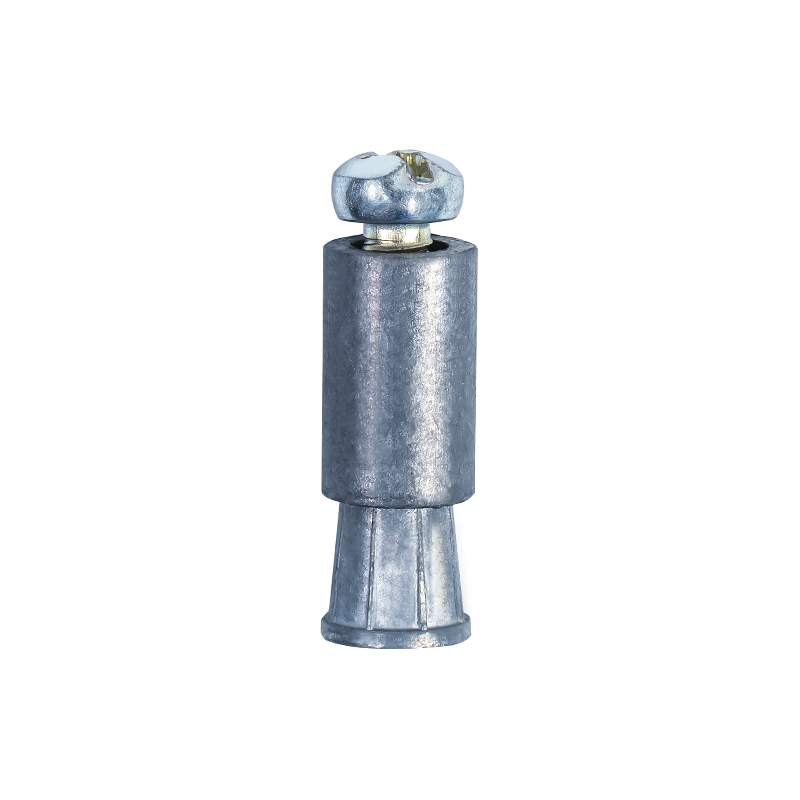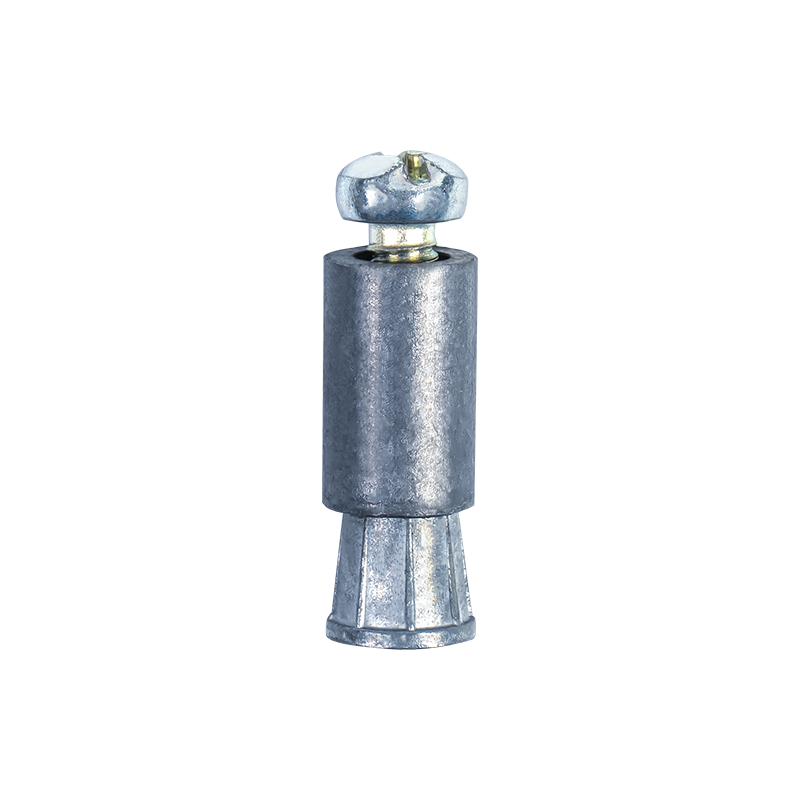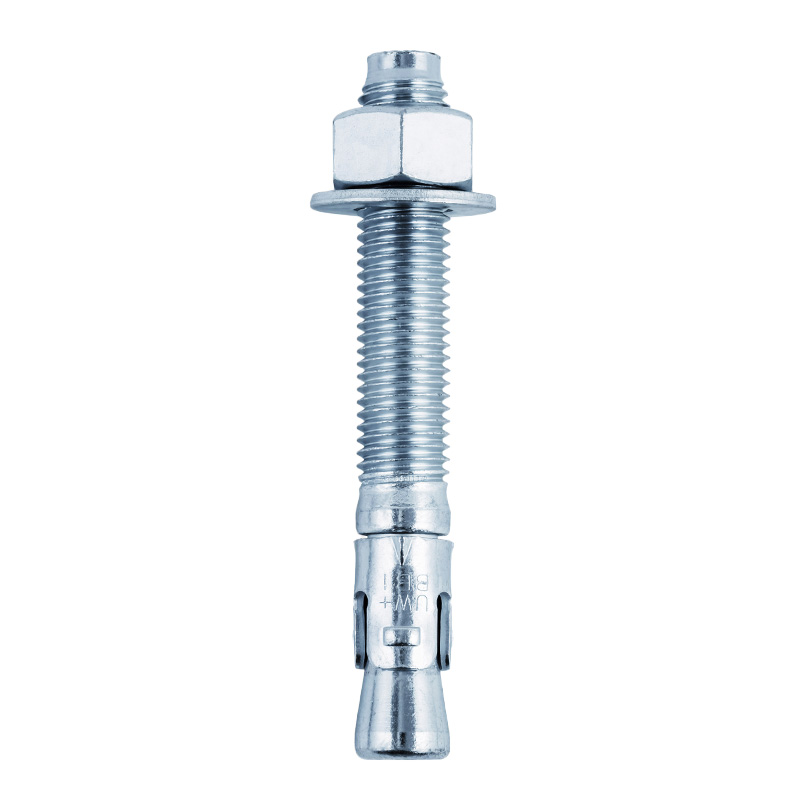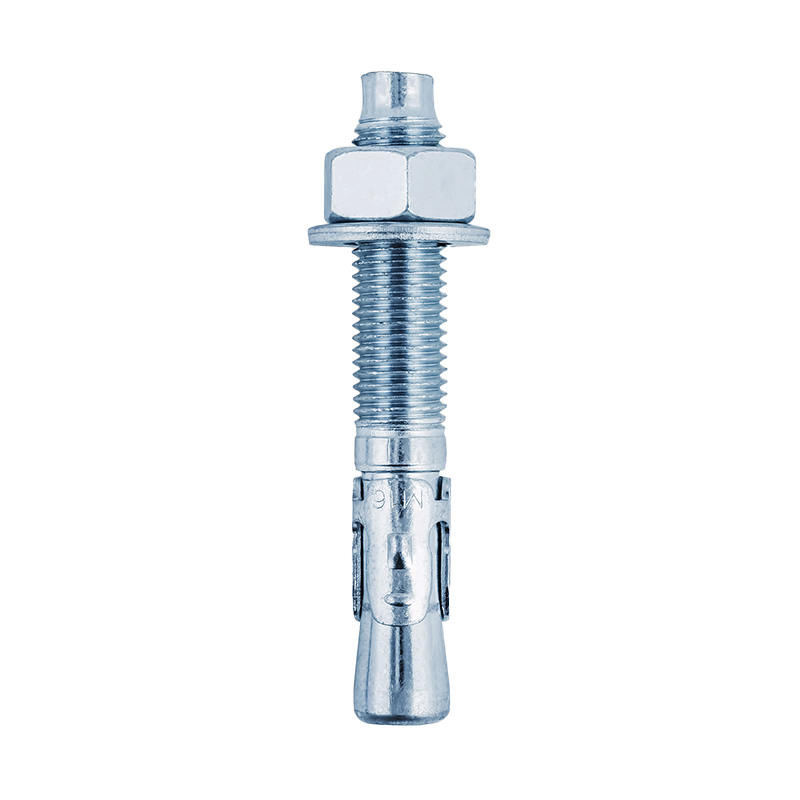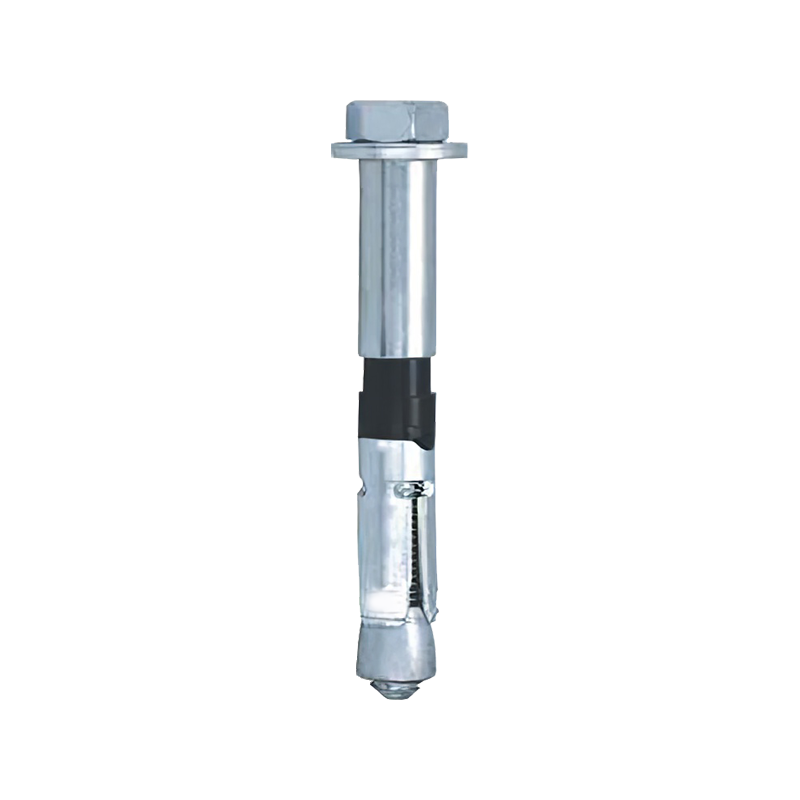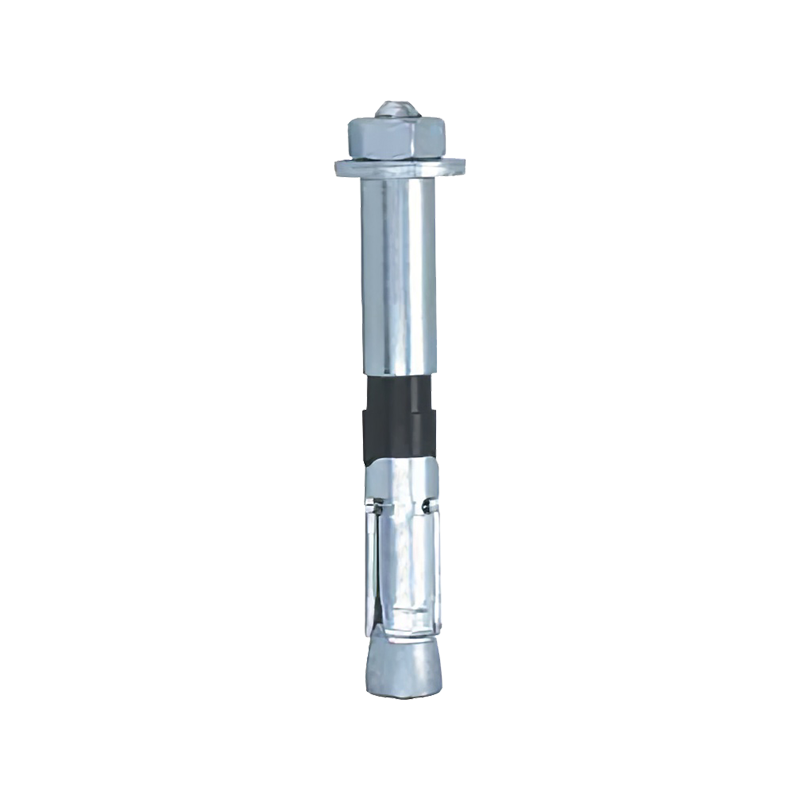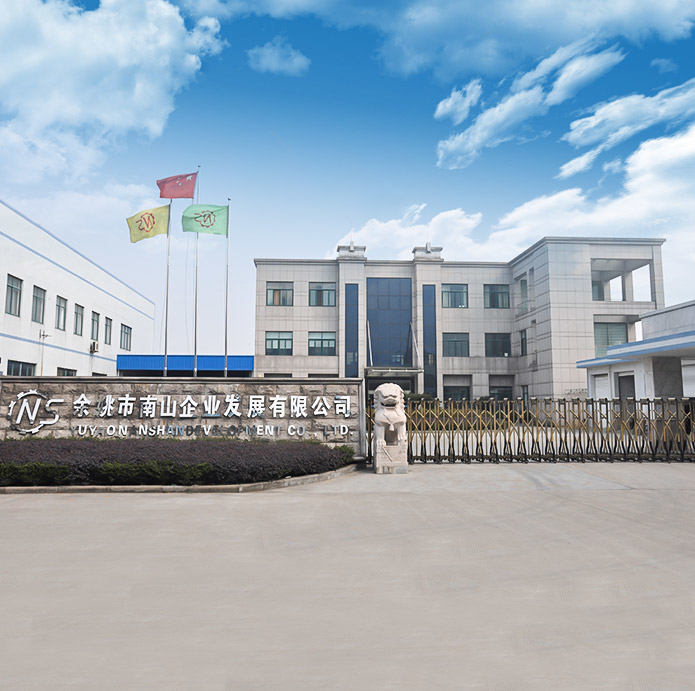What is the role of surface treatment of machine screw anchor?
As an important fastener, Machine Screw Anchor is widely used in many fields such as construction, bridges and machinery manufacturing. Its surface treatment process plays a key role in improving its performance and service life. Professional surface treatment can not only significantly enhance the corrosion resistance and wear resistance of anchor bolts, but also improve their aesthetics and personalized customization capabilities, thus playing a more important role in various industries.
In terms of corrosion resistance, the surface treatment technology of machine screw anchors can effectively resist erosion from the external environment. Especially under harsh conditions such as moisture and salt spray, metal anchors are susceptible to corrosion, leading to performance degradation or even failure. Using electroplating processes such as zinc plating, chromium plating and nickel plating, a dense metal film can be formed on the surface of the anchor bolt. This film has excellent ability to isolate moisture and oxygen, significantly slowing down the corrosion rate of anchor bolts. For example, chrome plating not only improves the anchor's hardness, but also gives it a shiny appearance while enhancing its rust resistance. For applications in high-temperature environments, the hard chromium plating process further improves the anchor's high-temperature corrosion resistance and ensures its reliability under extreme conditions.
In terms of wear resistance, surface treatment technology is also crucial. In the machinery manufacturing and construction industries, anchor bolts are often subjected to high pressure and friction. Through surface treatment methods such as sandblasting and shot peening, the surface of the anchor bolt can be roughened to increase its surface roughness and hardness, thereby significantly improving its wear resistance. This treatment not only extends the service life of the anchor bolt, but also reduces noise and vibration caused by friction, enhancing the stability and safety of the overall structure.
In addition to corrosion and wear resistance, surface treatments give machine screw anchors unique decorative and functional properties. Using electrostatic spraying technology, a layer of brightly colored and high-gloss coating can be formed on the surface of the anchor bolt, which not only improves the aesthetics of the product, but can also be customized according to customer needs. In addition, special surface treatment processes such as diamond-like carbon (DLC) treatment and Teflon (PTFE) treatment can provide additional functionality to anchor bolts, such as increasing hardness, reducing friction coefficient and enhancing corrosion resistance. These advanced surface treatment technologies enable machine screw anchors to not only have excellent mechanical properties, but also meet the market's demand for aesthetics and personalization.
How structural design improves the strength of Machine Screw Anchor
In the field of modern construction and infrastructure, machine screw anchors are an important connection component, and their strength and stability directly affect the safety of the overall structure. As a manufacturer in this field, Yuyao Nanshan Development Co., Ltd. deeply understands the key role of structural design in improving the strength of anchor bolts.
Load distribution optimization
In structural design, optimizing load distribution is an important task to ensure that anchor bolts bear evenly under stress. In traditional designs, axial loads tend to be unevenly distributed between the thread's turns, resulting in the largest load-bearing in the first turn, while the load-bearing capacity of subsequent turns gradually decreases. This uneven load distribution can cause stress concentration, thereby reducing the fatigue strength of the anchor bolt. In order to solve this problem, Nanshan Company adopted advanced design concepts such as suspension nuts and ring groove nuts. These designs effectively reduce the variation in thread torque between the nut and bolt, resulting in a more even load distribution. In addition, through accurate calculation of the number of thread turns and pitch, the load distribution can be further optimized and the overall strength of the anchor bolt can be significantly improved.
stress concentration relief
Stress concentration is one of the main factors leading to anchor bolt fracture. During the structural design process, Nanshan Company paid special attention to the stress concentration phenomenon at the intersection of thread roots, bolt heads and bolt rods. In order to effectively alleviate the stress concentration in these parts, the company adopted a series of innovative design solutions. For example, measures such as increasing the fillet radius of the thread root, increasing the fillet at the transition part of the bolt head, and cutting unloading grooves can significantly reduce stress concentration and extend the fatigue life of the anchor bolt.
Structural size and shape optimization
Optimization of structural size and shape is also an important means to improve anchor strength. Nanshan Company uses advanced computer-aided design (CAD) and finite element analysis (FEA) technologies to accurately calculate and optimize the cross-sectional shape, thread parameters and overall dimensions of the anchor bolts. By adjusting parameters such as thread profile angle, pitch, and thread depth, the mechanical properties of the anchor bolt can be significantly improved, and its tensile strength and yield strength can be increased. At the same time, reasonable cross-sectional shape design also helps to enhance the torsional strength and shear strength of the anchor bolt.
Flexible design
In some application scenarios, anchor bolts need to withstand dynamic loads such as shock and vibration. To address these challenges, Nanshan Company introduced a flexible design concept. By appropriately increasing the length of the bolt, partially reducing the diameter of the bolt rod, or adopting a hollow structure (i.e., a flexible bolt), the stiffness of the bolt can be effectively reduced and its deformation ability is improved, thereby better absorbing energy and enhancing resistance to shock and vibration. ability. In addition, installing elastic elements under the nut can further improve the flexibility of the anchor bolt, ensuring its stability and reliability under dynamic loads.





